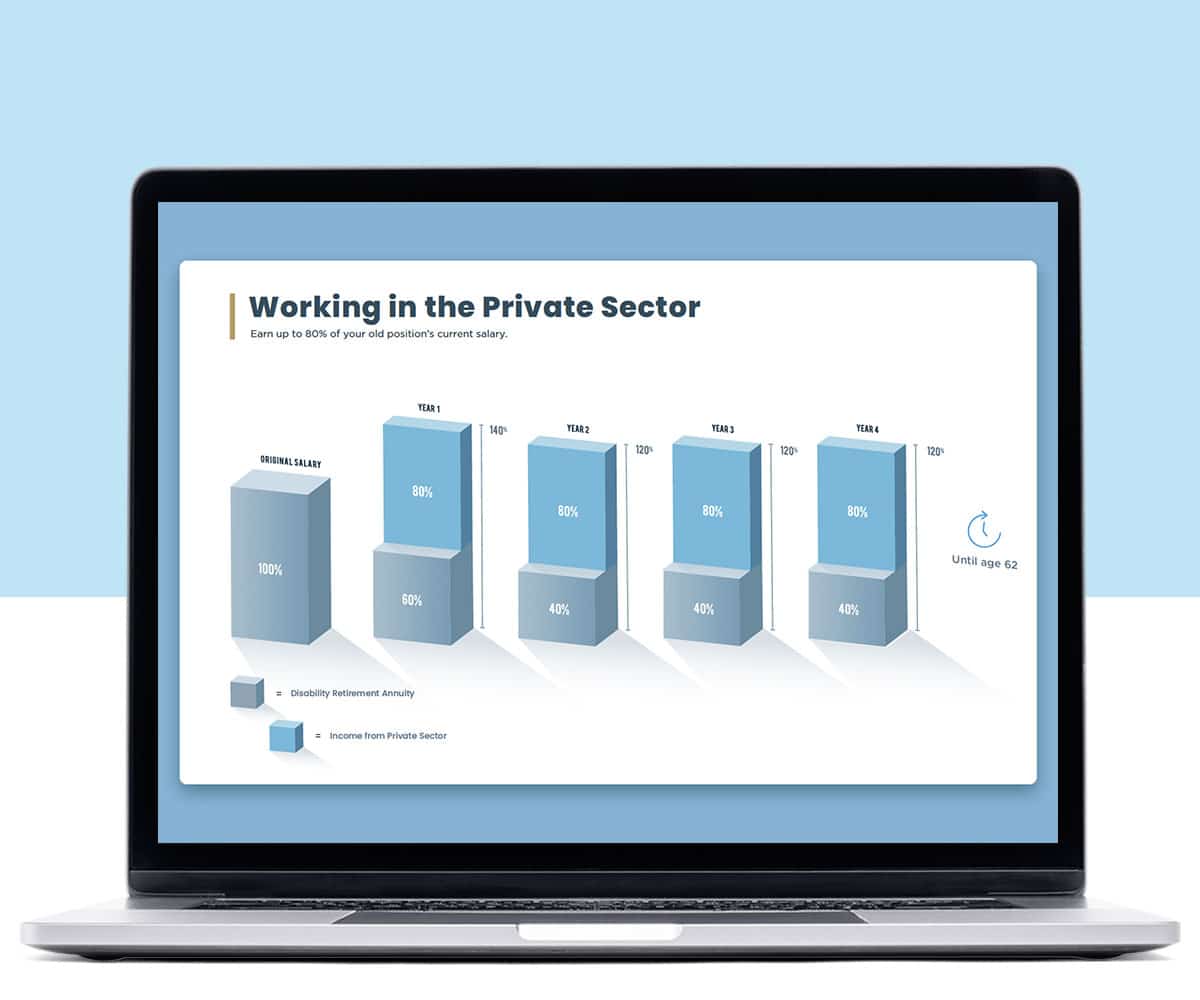Here is a general overview of how the two disability retirement systems work. We will start with the CSRS:
In order to be eligible for CSRS disability retirement, you must have worked for at least five years as a career employee. You must be able to prove that a medical condition exists that prevents you from fully completing your current job duties and that your agency has no reasonable accommodation to offer. The medical condition and service deficiency must be expected to last for at least 12 months from the date that the application is filed.
The CSRS benefit entitles the applicant to an “earned” annuity computed under the general retirement formula. There is a guaranteed minimum annuity to employees who retire because of their disability. This only applies if you’re under age 60 when you file for disability retirement and your earned annuity that is based on your actual service time is lower than the minimum guarantee.
To Be Continued…



